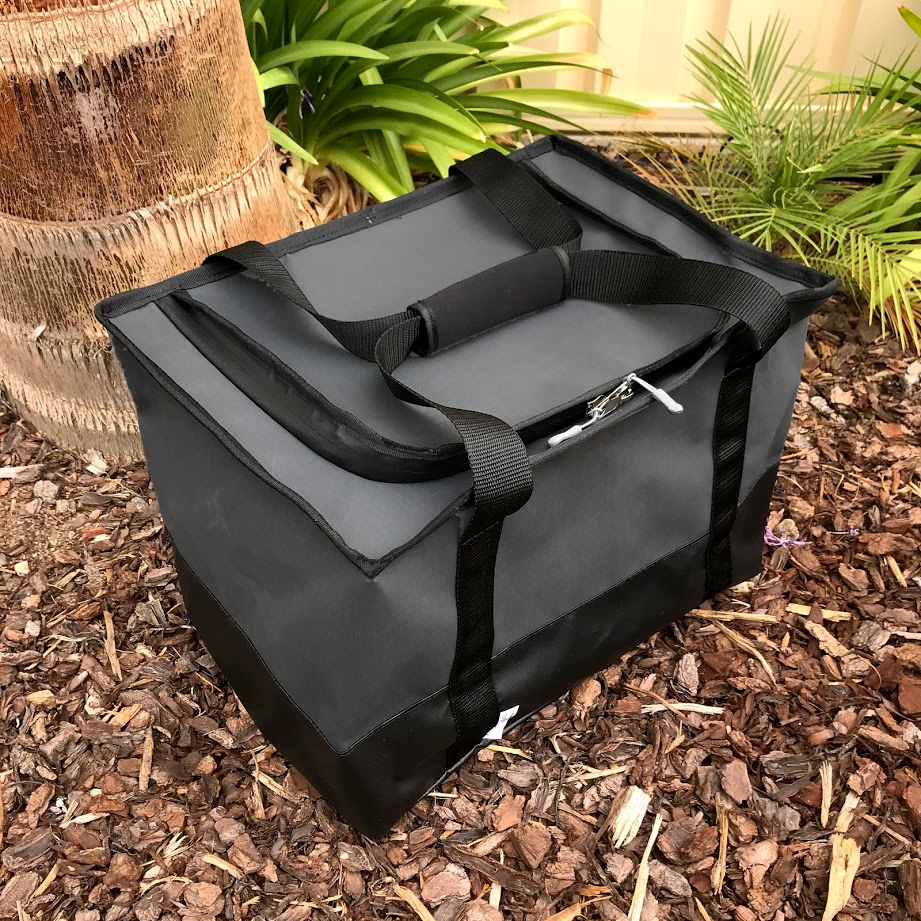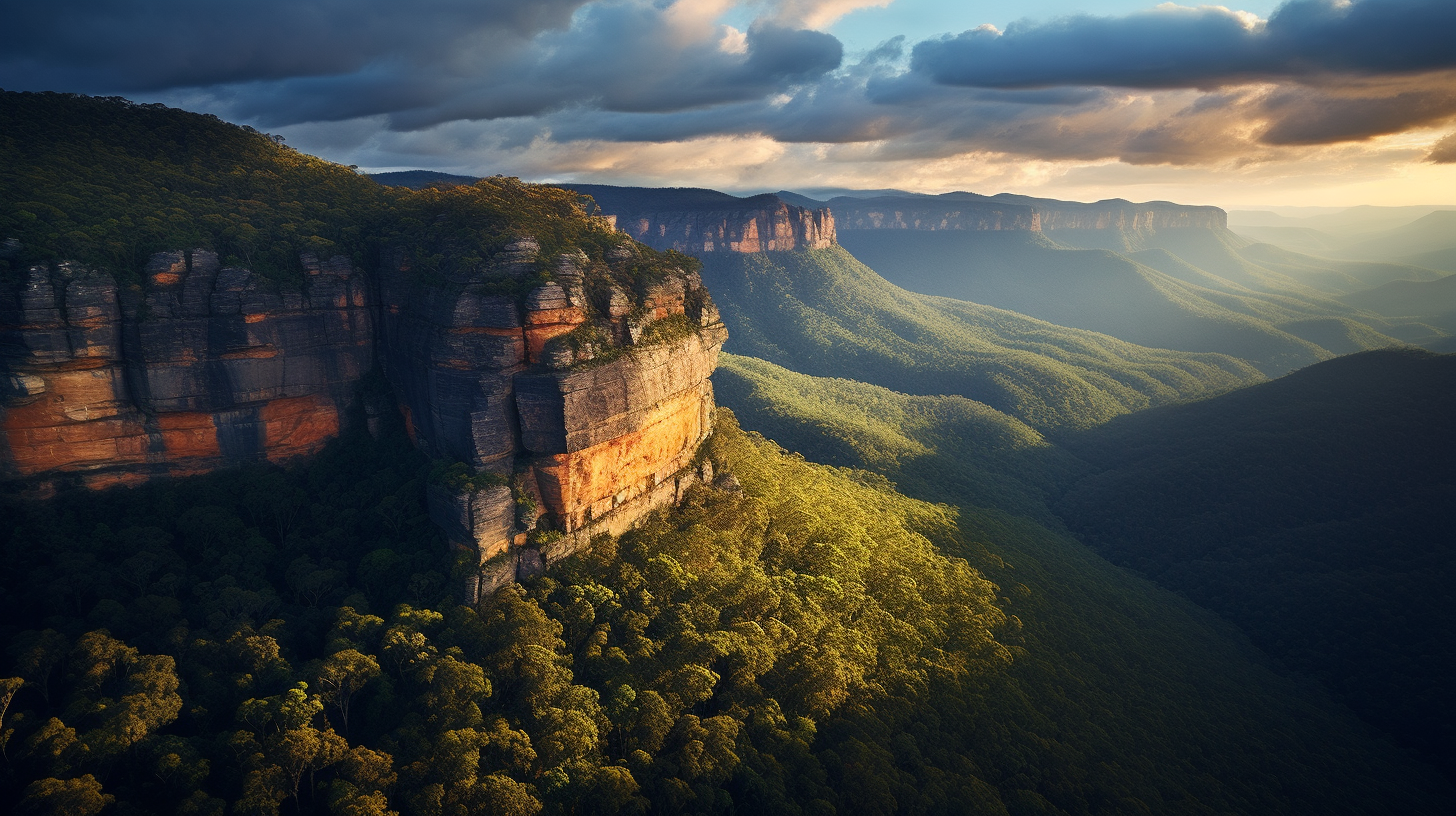Venturing into the outback of Australia with your four-wheel drive and offroad caravan is a thrilling experience. However, the adventure can quickly turn into a nightmare if you're not prepared for the challenges of driving in soft sand, such as on beaches and sand dunes in the desert. This article will discuss the effect of tyre size and tread patterns on your vehicle's performance in these conditions.
Understanding the Basics
Before we dive into the specifics, it's important to understand the basics of sand driving. Sand is a tricky surface to navigate because it's constantly shifting under the weight of your vehicle. This can make it difficult to maintain traction and control, especially when towing a caravan.
The key to successful sand driving is to reduce your tyre pressure. This allows the tyres to spread out more, increasing the surface area in contact with the sand and improving traction. The optimal tyre pressure will depend on your vehicle's weight, size, and type, but generally, it should not go lower than 16psi to avoid rolling the bead off the rim.
The Significance of Tyre Size and Tread Patterns
When it comes to sand driving, the size of your tyres can significantly impact your vehicle's performance. Larger tyres, with their increased surface area, offer more traction, making them generally better for sand driving. However, they can also make the vehicle harder to control, especially at higher speeds. Conversely, tyres with narrower treads can dig into the sand and provide better traction, but they may also sink deeper and get stuck more easily.
Tread patterns also play a crucial role in sand driving. Straight paddle tyres, for instance, offer excellent traction but require a larger turning radius. V-shaped paddles, on the other hand, provide easier maneuverability and turning but may lose momentum due to pushing sand to the side. Off-set paddle tyres, with alternating inside to outside positions, are suitable for high-performance cars. Hybrid paddle tyres, which have paddles on the outside, ribs in the center, and a smooth inside tread, are ideal for 4-wheel drive vehicles.
Understanding Tyre Air Pressures
Tyre air pressures are another critical factor when driving in soft sand. The key to successful sand driving is to reduce your tyre pressure. This allows the tyres to spread out more, increasing the surface area in contact with the sand and improving traction.
The optimal tyre pressure will depend on your vehicle's weight, size, and type, but generally, it should not go lower than 16psi to avoid rolling the bead off the rim. However, it is possible to go lower than 18psi if needed, down to around 15psi for softer patches of sand. If stuck and bogged to the axle, it may be necessary to let out even more air but caution must be exercised as going below 12psi can cause the tire to pop off the rim easily.
Remember, tyre pressures should be set when cold, and a tyre gauge and a small stick or biro top to depress the valve are essential tools for sand driving. Tire deflators can also be used for hands-free deflation, allowing for precise control over desired tire pressure.

Driving Techniques
Beyond tyre size and tread patterns, there are also some driving techniques that can help you navigate soft sand more effectively. One of the most important is to maintain momentum. This can be a bit tricky when towing a caravan, but it's crucial to prevent your vehicle from getting bogged down in the sand.
Another useful technique is to follow existing tracks in the sand whenever possible. These tracks are usually packed down and provide better traction than untouched sand. However, be aware that conditions can change quickly, especially on beaches where tides can alter the landscape in a matter of hours.
Recovery Techniques for Bogged Vehicles in Sand
Recovering a bogged vehicle from sand can be a challenging task, but with the right equipment and techniques, you can safely get your vehicle back on track.
Shovels
A shovel is a must-have tool for any sand recovery. It can be used to dig out the sand in front of your tyres, reducing resistance and making it easier for your vehicle to move. A long-handled shovel is ideal as it provides more leverage, but a compact folding shovel can also do the job and is easier to store.
Recovery Boards
Recovery boards, such as MaxTrax, are another essential tool for sand recovery. These boards provide a solid surface for your tyres to grip, helping to improve traction and get your vehicle moving again. To use recovery boards, simply dig out the sand in front of your tyres and place the boards in the cleared path. It's often best to position the boards at a slight upward angle under the tyres for better grip.
Snatch Straps
Snatch straps are widely used for beach recoveries. These straps are designed to stretch and rebound, creating a 'snatching' effect that can pull a stuck vehicle out of the sand. When using a snatch strap, it's important to attach it to proper recovery points on both vehicles and to ensure that everyone is standing at a safe distance during the recovery.
Winches
A winch can be a lifesaver in a sand recovery situation. This device uses a motor to wind up a cable or rope, pulling your vehicle out of the sand. There are different types of winches, including electric and hydraulic winches, and the best one for you will depend on your specific needs and vehicle.
Air Jacks
Air jacks, also known as exhaust jacks, can be used to lift a bogged vehicle out of the sand. These jacks work by inflating a large bag under your vehicle using the exhaust gases from your engine. Once the vehicle is lifted, you can then fill in the hole with sand or use recovery boards to provide a solid surface for your tyres.
Sand Anchors
In situations where another vehicle is not available for a recovery, a sand anchor can be used as a last resort. This device is buried in the sand and used as a winching point to pull your vehicle out. However, using a sand anchor can be labor-intensive and time-consuming, so it's often best used as a last resort.
Final Thoughts
Driving in soft sand with four-wheel drives and offroad caravans can be a challenging but rewarding experience. By understanding the effect of tyre size and tread patterns on your vehicle's performance and using the right driving and recovery techniques, you can navigate these tricky conditions with confidence and enjoy your outback adventure to the fullest.















Leave a comment (all fields required)